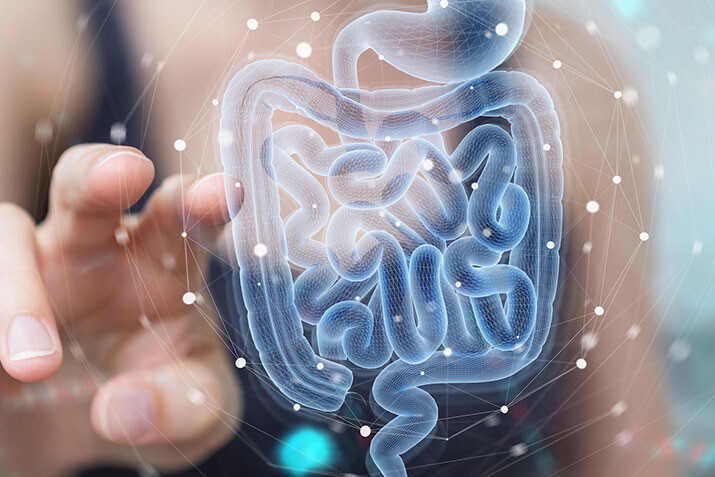HEALTH AND LIFESTYLE
Seven ways to improve your energy metabolism
Symptoms such as fatigue, brain fog and recurrent migraine are frequently due to an ineffective energy metabolism. The production of energy in each and every cell is happening in the mitochondria – the small “powerhouses” in our cells. If these small “powerhouses” are not working in an effective way we feel tired, along with other symptoms such as general muscle ache, and ‘brain fog’. Sometimes even a state of chronic fatigue can develop.
Today we know that targeting cellular health makes sense to address such symptoms and prevent chronic health conditions. To improve cellular and mitochondrial health we can use the following strategies:

- Intermittent Hypoxia/Hyperoxia Therapy (IHHT) – Passive training in a comfortable position with Intermittent Hypoxia Hyperoxia Therapy simulates an altitude training situation
Simulated altitude training has demonstrated measurable benefits for a wide range of conditions – from people trying to seek their personal health goals- to weak patients with impaired ability to exercise. The principle is easy to understand: Reducing the amount of oxygen in the environment, and therefore in the air that you breathe, increases the training stimulus on both aerobic and anaerobic systems. The goal is to revitalize our cellular powerplants- the mitochondria. A wide range of positive effects in patients with clinical conditions has been proven.
Intermittent Hypoxia Hyperoxia therapy (IHHT) is a novel, safe, and effective technique to do exactly this. Instead of actively training in the mountains the therapy session is at rest in a comfortable, seated position. The effects are the result of breathing modified oxygen concentrations through a mask.
Regular IHHT sessions produce multiple physiological benefits. Increased oxygen supply, restoration of cellular health by promoting the “cleaning process” in our cells. The old mitochondria will die, and new mitochondria will develop.
In addition, it has a positive effect on the energy metabolism, lipid metabolism, glucose uptake, insulin sensitivity, and is useful for a wide range of other chronic conditions.
- Intermittent Fasting. (16:8) No food intake for 16 hours per day. This activates the utilization of sugar and fat reserves, regulates blood sugar and insulin levels and promotes autophagy- the cleaning process in our cells.
- Daily Physical Activity. Walking, running, dancing, swimming, gardening, in fact any movement that requires energy expenditure to obtain endurance, strength, balance and flexibility.
- Healthy Food and low carb diet Stay away from fast-food, ultra-processed foods and instead try to go on a low carb diet. Try to ear fresh food, ideally BIO.
- Get enough sleep Ideally 7-9 hours each night.
- Micronutrients and Antioxidants. The most important micronutrient for mitochondrial health is Coenzyme Q 10 – ideally in the reduced form as Ubiquinol. Other important substances are Magnesium, Copper, Vitamin B2, B3, B6, B12 Vitamin C, Carnitine.
- Avoid exposure to environmental toxins These include heavy metals and mold from food and your environment.
Why to target mitochondrial health?
Mitochondria are present in each and every cell. They produce 95 % of the cellular energy in the form of ATP (Adenosine triphosphate). The biochemical reaction to produce ATP is called the “respiratory chain”. It involves five enzymatic complexes, where the biochemical reactions are happening. If the biochemical flow of these reactions is not effective, our energy metabolism is impaired. Our “biochemical engine” is not working effectively. The result is increased oxidative stress. When the mitochondria are affected, the flow of our biochemical reactions is affected and chronic health conditions may develop.























